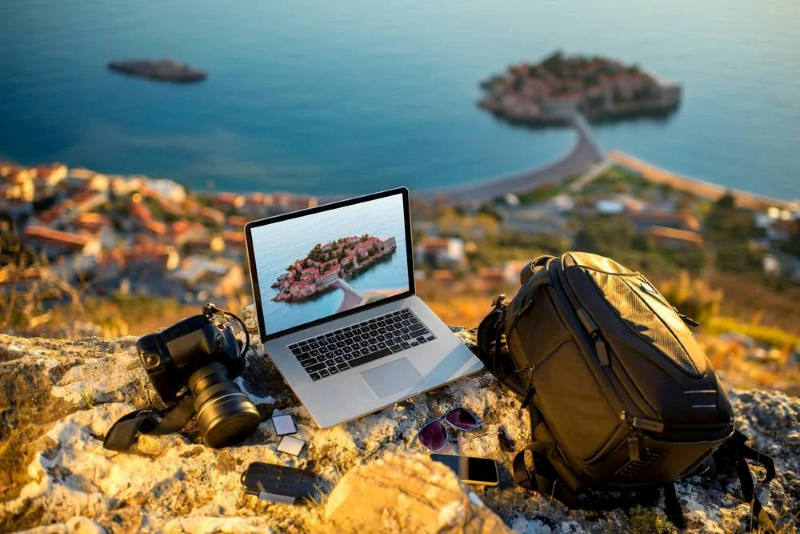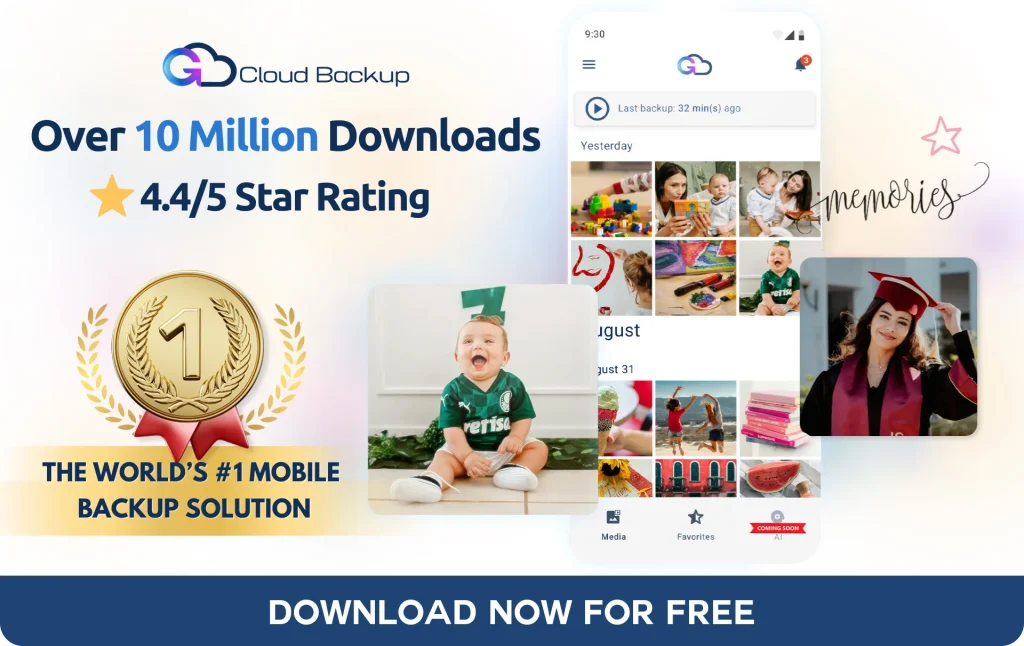The Rise of Travel Bloggers: Exploring the World, One Post at a Time

In the age of Instagram filters and TikTok trends, travel bloggers have become the modern-day explorers, charting new territories not with maps and compasses, but with smartphones and social media. They’ve transformed the way we see the world, turning their adventures into virtual experiences for millions. But what makes travel blogging so captivating, and how has it evolved into the influential medium it is today?
The Evolution of Travel Blogging
Travel blogging isn’t a new concept; in fact, it has roots in traditional travel writing. However, the digital age has given it a new spin. Early travel bloggers started with simple text posts and static images. Today, they’re multimedia moguls, using video blogs (vlogs), live streams, and immersive storytelling to bring destinations to life.
Why We Follow Travel Bloggers
1. Authentic Experiences
Travel bloggers often share personal anecdotes and behind-the-scenes glimpses that traditional media might miss. This authenticity resonates with audiences, making them feel like they’re part of the journey.
2. Practical Tips
From hidden gems and off-the-beaten-path recommendations to practical advice on travel hacks and local etiquette, bloggers offer invaluable insights that enhance the travel experience.
3. Visual Inspiration
With the rise of high-quality photography and video, travel blogs provide a feast for the eyes. Stunning landscapes, vibrant cityscapes, and local cuisine come to life through compelling visuals.
The Business of Travel Blogging
For many, travel blogging has transcended from a hobby to a full-fledged business. Successful bloggers often collaborate with brands, tourism boards, and hotels, creating sponsored content that aligns with their personal brand. This symbiotic relationship benefits both parties: bloggers gain financial support to continue their adventures, while brands receive targeted exposure.
1. Brand Partnerships
Many bloggers partner with travel-related brands to create sponsored content. This can include destination guides, product reviews, and promotional campaigns.
2. Affiliate Marketing
Bloggers often use affiliate links to recommend travel gear, accommodations, and services. They earn a commission on sales generated through these links.
3. Merchandising
Some travel bloggers have expanded their brands to include merchandise like travel accessories, apparel, and even digital products like eBooks and courses.
Challenges and Opportunities
While travel blogging offers many perks, it’s not without its challenges. Bloggers often face the pressure of maintaining a consistent content schedule, navigating algorithm changes on social media platforms, and dealing with the unpredictability of travel logistics.
One crucial yet often overlooked aspect of travel blogging is safeguarding the content they create. Travel bloggers capture countless memories and experiences, from breathtaking landscapes to unique cultural moments. To ensure these precious moments aren’t lost, it’s essential for bloggers to have a reliable backup solution.
This is where BigMIND comes in. As a comprehensive backup solution, BigMIND offers travel bloggers the peace of mind that their valuable photos, videos, and other digital assets are securely stored. Whether you’re documenting a stunning sunset in Santorini or capturing the hustle and bustle of Tokyo, BigMIND ensures that your content is backed up automatically. With BigMIND, bloggers can easily access or restore their files if needed, allowing them to focus on their travels without the stress of potential data loss.
In addition to its secure backup features, BigMIND provides travel bloggers with easy sharing options, which can be particularly useful when collaborating with other creators or sharing content with their audience. The ability to organize and manage files seamlessly through BigMIND enhances the blogging experience, making it a valuable tool for any travel content creator.
The Future of Travel Blogging
As technology continues to evolve, so will travel blogging. Virtual reality (VR) and augmented reality (AR) are on the horizon, promising even more immersive travel experiences. Bloggers might soon offer virtual tours of destinations, allowing readers to explore new places from the comfort of their homes.
Conclusion
Travel bloggers are more than just digital nomads; they are storytellers, influencers, and trendsetters. Their ability to share personal experiences and practical tips while visually captivating their audience has revolutionized the way we approach travel. And with tools like BigMIND ensuring that their precious moments are securely backed up and easily accessible, travel bloggers can continue to inspire and connect with their audience, one post at a time.

